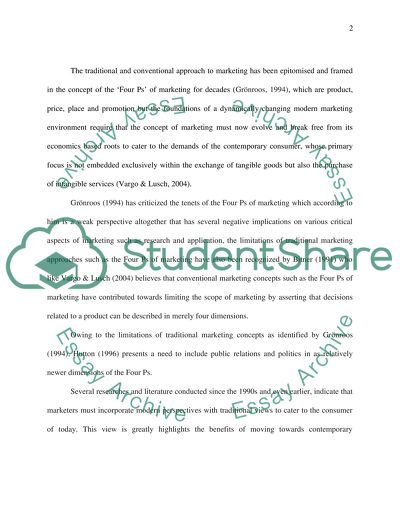Cite this document
(“Direct & Digital Marketing Essay Example | Topics and Well Written Essays - 3000 words”, n.d.)
Retrieved from https://studentshare.org/marketing/1474069-direct-digital-marketing
Retrieved from https://studentshare.org/marketing/1474069-direct-digital-marketing
(Direct & Digital Marketing Essay Example | Topics and Well Written Essays - 3000 Words)
https://studentshare.org/marketing/1474069-direct-digital-marketing.
https://studentshare.org/marketing/1474069-direct-digital-marketing.
“Direct & Digital Marketing Essay Example | Topics and Well Written Essays - 3000 Words”, n.d. https://studentshare.org/marketing/1474069-direct-digital-marketing.


